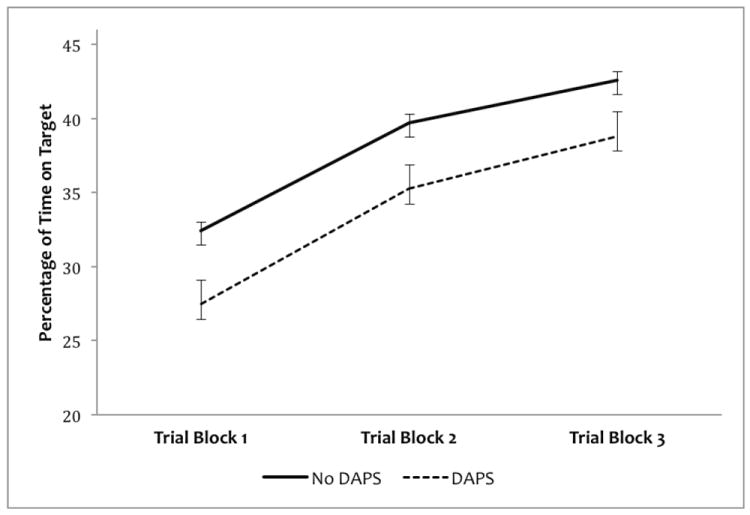Figure 2. Pursuit Rotor Task Performance for Groups of Participants Who Report and Who Do Not Report Distressing Attenuated Positive Symptoms (DAPS).

Although both groups showed indication of procedural learning over three time-spaced trials, the percentage time on target for participants experiencing a distressing attenuated positive symptom was significantly less than those participants without such an experience. Error Bars represent mean standard error.
